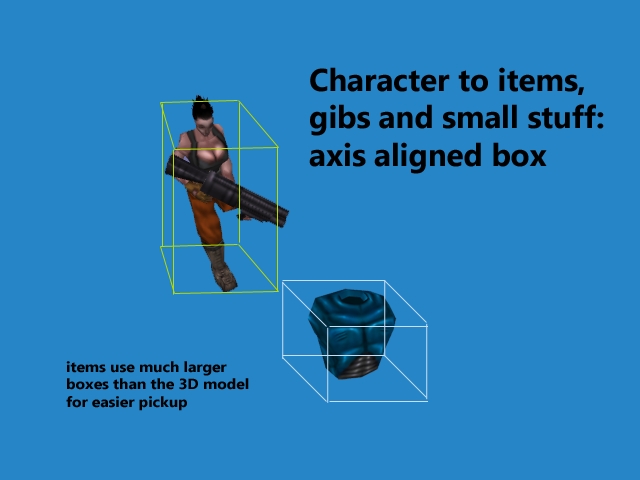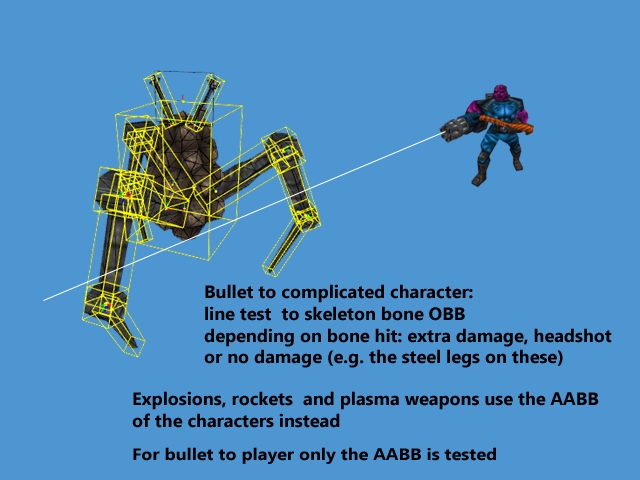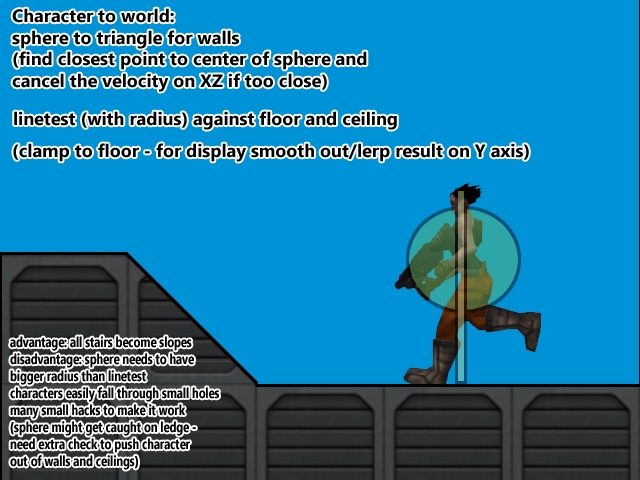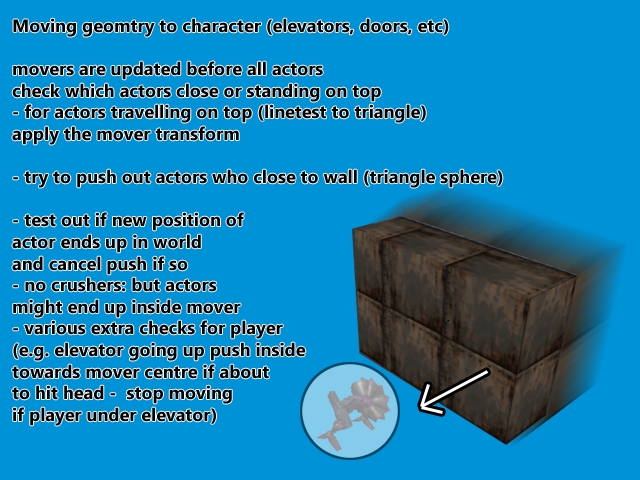and it's time for another update
ok so as a quick recap - I have an almost finished version of the game now
(minus some artwork and some bugs)
but I decided that I'm not happy with some of the levels
and now I try to re-arrange or replace some of them
(I saved the current version just in case - maybe I will release
it one day as a curiosity)
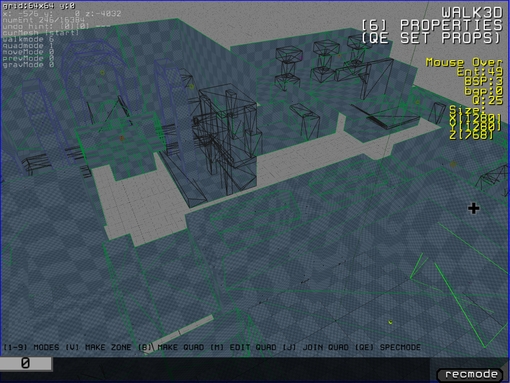
this was an old level that was meant to be some ruins
I added some textures and made it a sort of stealth level
(well the stealth is done with invisibility powerup mostly and it's none of that
scripted forced stuff - if you bring enough guns it's no longer stealth)
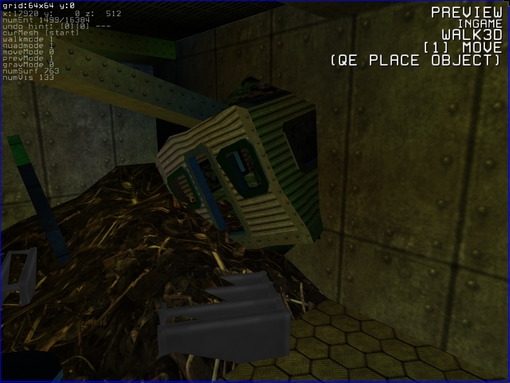
some more environmental storytelling
I connected one of the city levels with the subway level (they are still seperate levels
but now follow each other logically)
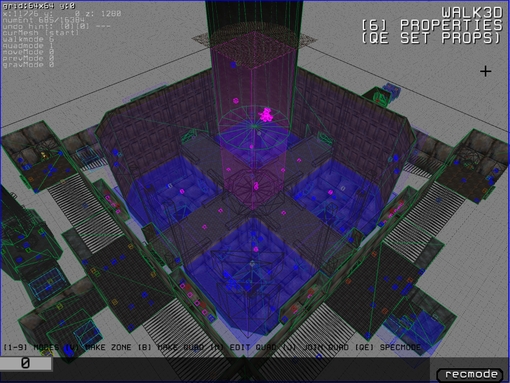
I have no idea what to do with this level
it's finished and mostly works .. there is just no good slot to place it
I try to avoid maps with heavy combat to follow each other

one Idea I had is to replace it with a completely new level
this one is shaping up quite well - it's mostly a mish-mash of older unfinished maps
(it takes place in a trash dump so it felt appropriate to make it from reused stuff too)

some parts are still heavily under progress - also am I getting a mileage out of this texture or what?
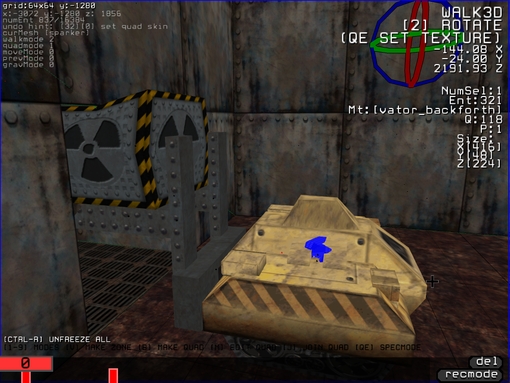
I think I may be ruining this joke to the ground
remember to try out ZortchTest and give me some feedback!
until next time!



